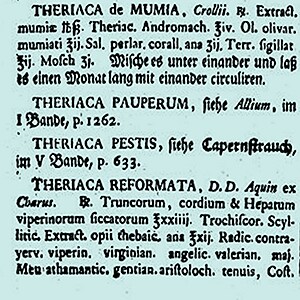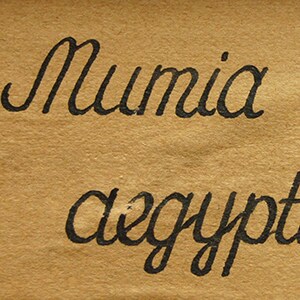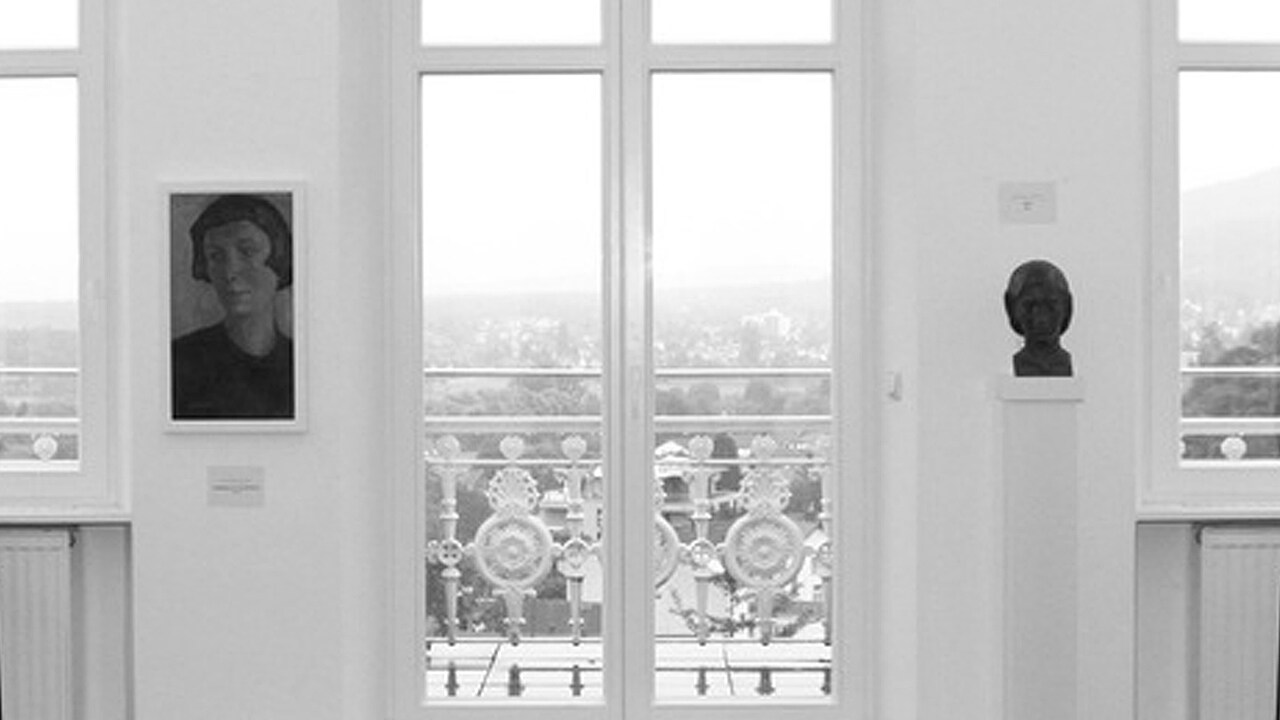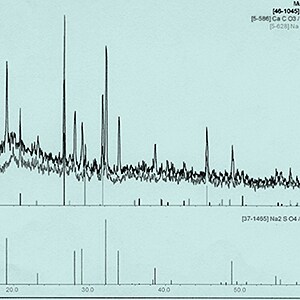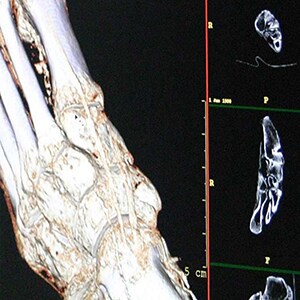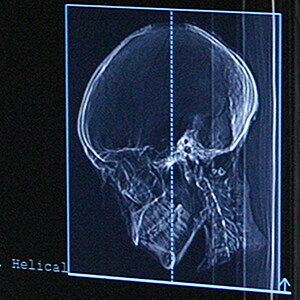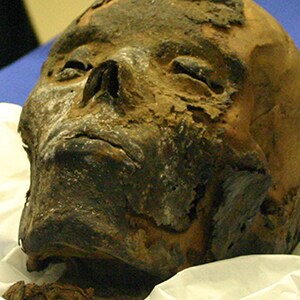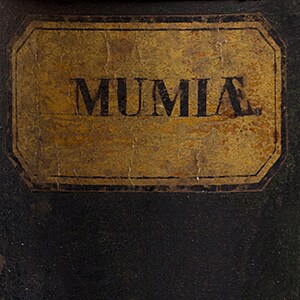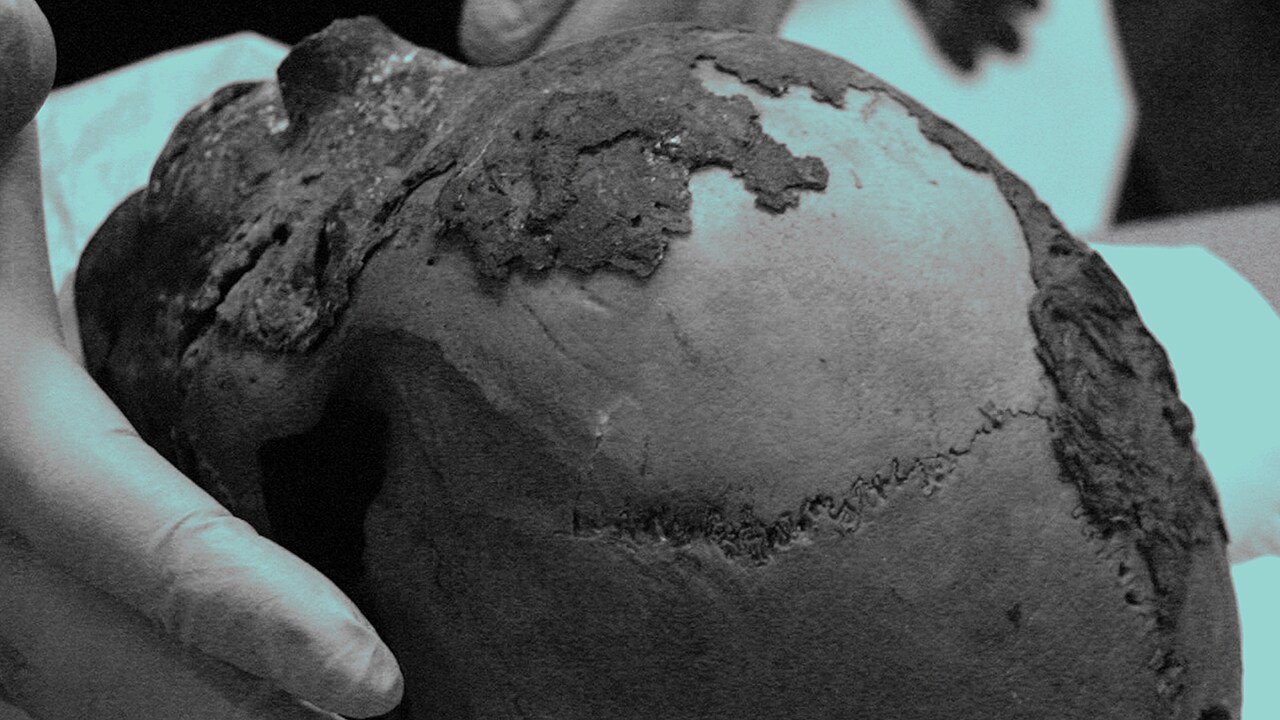
»The Jesuiten-Apotheke in Pressburg boasts a female Egyptian mummy embalmed with the costliest of spices, which is kept in the dispensary in a high, glass-paned cabinet and is on display for all to see.«
Johann Heinrich Zedler, Universal-Lexicon, 1739
Apothecary jars inscribed with »MUMIA« – and even more so the Egyptian mummy parts housed at Merck KGaA, Darmstadt, Germany – both fascinate and horrify at the same time. Why should a corpse from a distant, advanced culture, preserved from decomposition through a complex process, have medicinal properties? Can death give rise to a substance that in turn has the power to fight death?
»Mumia pulvis« is used for centuries in expensive formulations. As in Pressburg, »apothecary mummies« often also form part of scientific natural specimen collections. Has the company also created one? Although Johann Anton Merck is a passionate collector of natural specimens, his sketches from the 1770s do not give any indication of this. On his trip around the world in 1887/88, Willy Merck is fascinated by mummies, but we know nothing more than that.
What is mumia? Answers create more confusion than clarity. The texts from the Salerno medical school, founded in the 10th century, provide a simple answer, stating that mumia is a balsamic wax that »comes from the ground« and is used to preserve the body.
However, this substance is interlinked with the intricate medical theory of humoral pathology, which reflects how people view the world as an arrangement of secret correspondencies, how they perceive natural objects as being permeated with spiritual powers. These »qualities« are capable of curing illnesses by bringing imbalanced bodily humors back into balance. In this context, »mumia naturalis« is thought to be »hot and dry«, making it useful in treating »cold and moist« conditions. Assuming that »mumia factita«, prepared with precious balsams, contains these qualities, it is conceivable for the abstract property to undergo a quasi-objectification: the embalmed corpse becomes an active agent.
For Paracelsus, mumia is neither a substance nor a set of properties, but rather an abstract principle. Safeguarding life means protecting this »sympathetic mumia «as a carrier of life force. According to his theories, »sal«, »balsam« and »mumia« are incarnations of the »vis vitalis«, the life force, and are therefore all equivalent. Mumia is thus considered to be one of the most potent medicines of all, as indicated by its »signature«, meaning its external appearance and shape.
The fundamentally divergent interpretations of mumia will eventually converge; medicines made of this substance will be viewed as a highly potent agent to counteract diseases, to fend off a »thing« that is invading the body. Even as more and more theories are developed to explain life processes and diseases, people remain fascinated by mumia as a drug.
The company continues to sell »Mumia vera Aegyptiaca« into the 20th century. The price list published in 1924 values it at 12 gold marks per kilo. Why would a very active research-based pharmaceutical company feature this drug in its product range? Where do they source it from? No explanation is to be found in either scientific reports or business records.
Are the mummies genuine? Elemental analysis, X-ray fluorescence analysis, X-ray diffractometry, and C14 dating provide answers and can identify the constituents, structures and age of a specimen. CT scans allow us to reconstruct the likeness of the heads, which reflect a typical Egyptian shape and date to the Ptolemaic period.
Composita from medieval Arab and European medicine, iatrochemical preparations, and arcane remedies mingle to become a labyrinthine collection of medicinal resources. People’s interpretation and understanding of mumia as an ingredient must be complex. There course to old mindsets and paradigms is an inherent part of the quest for the panacea.

